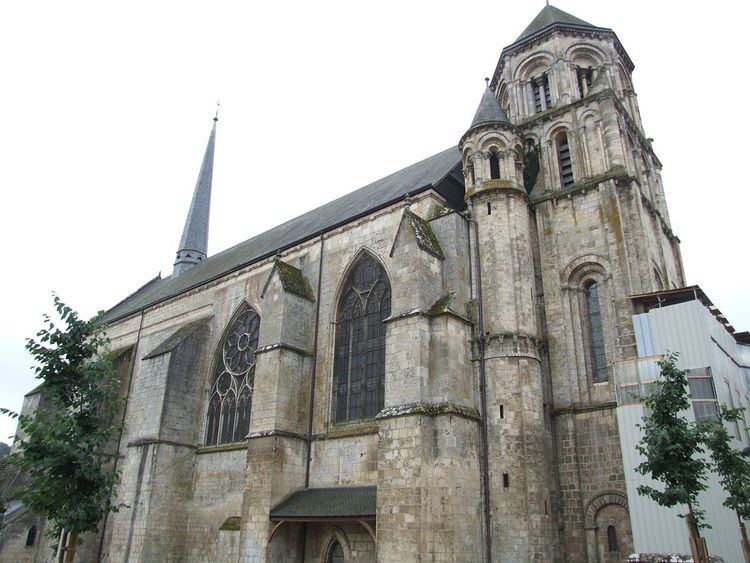Country France Founded 550s Phone +33 5 49 41 21 57 | Denomination Catholic Church Dedicated 1099 | |
 | ||
Former name(s) Chapel of St. Mary outside the Walls Similar Baptistère Saint‑Jean, Église Notre‑Dame la Grande, Musée Sainte‑Croix, Blossac Park, Poitiers Cathedral | ||
The Church of St. Radegund (French: Radegonde) is a medieval Roman Catholic church in Poitiers, France, dating from the 6th century. It takes its name from the Frankish queen and nun, Radegund, who was buried in the church. Considered a saint, the church became a place of pilgrimage by those devoted to her heavenly intercession. The current church, constructed from the 11th to 12th centuries, was built in a combination of Romanesque and Angevin Gothic architectural styles.
Contents
History
The church was established as a mortuary chapel in the 6th century to hold the remains of the nuns of St. Mary Abbey, later the Abbey of the Holy Cross, which had been founded in Poitiers by Radegund in 552 as the first monastery for women in the Frankish Empire. Due to its function, the chapel was built outside the city walls, which gave it its initial name, the Church of St. Mary outside the Walls (French: Sainte-Marie-hors-les-murs). Upon Radegund's death and subsequent burial there in 587, however, the chapel was renamed to be placed under her patronage.
The remains of the saintly foundress were exhumed by order of Abbess Béliarde in 1012 for public veneration, and the entire church was rebuilt after a major fire in 1083. The reconstruction expanded the structure, including both a chevet and the foundations of a bell tower when it was dedicated in 1099. By this time, the chapel had become both a parish and collegiate church, staffed by a community of canons whose prior was appointed by the abbess.
Description
The church is built in the shape of a Latin cross. This was a style which became popular in the 11th century, particularly for pilgrimage shrines. It consists of a central nave with radiating chapels. This allowed for both private space for prayer by the clergy of the church and open space for the pilgrims visiting it.
Organ
The church has had a series of organs since the Middle Ages. After the devastation of the church during the French Revolution, it was not until 1894 that an organ was again installed in the church. Though it survived damage caused by bombardment during World War II, this organ was irreparably damaged by poorly done renovations in 1991. It was replaced in 1997 by an entirely new organ.
Windows
A series of 16 stained glass windows partially dating from the 13th century recounts the life of Radegund. They were restored in the 19th century.
